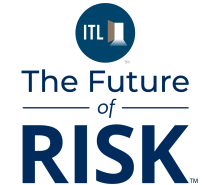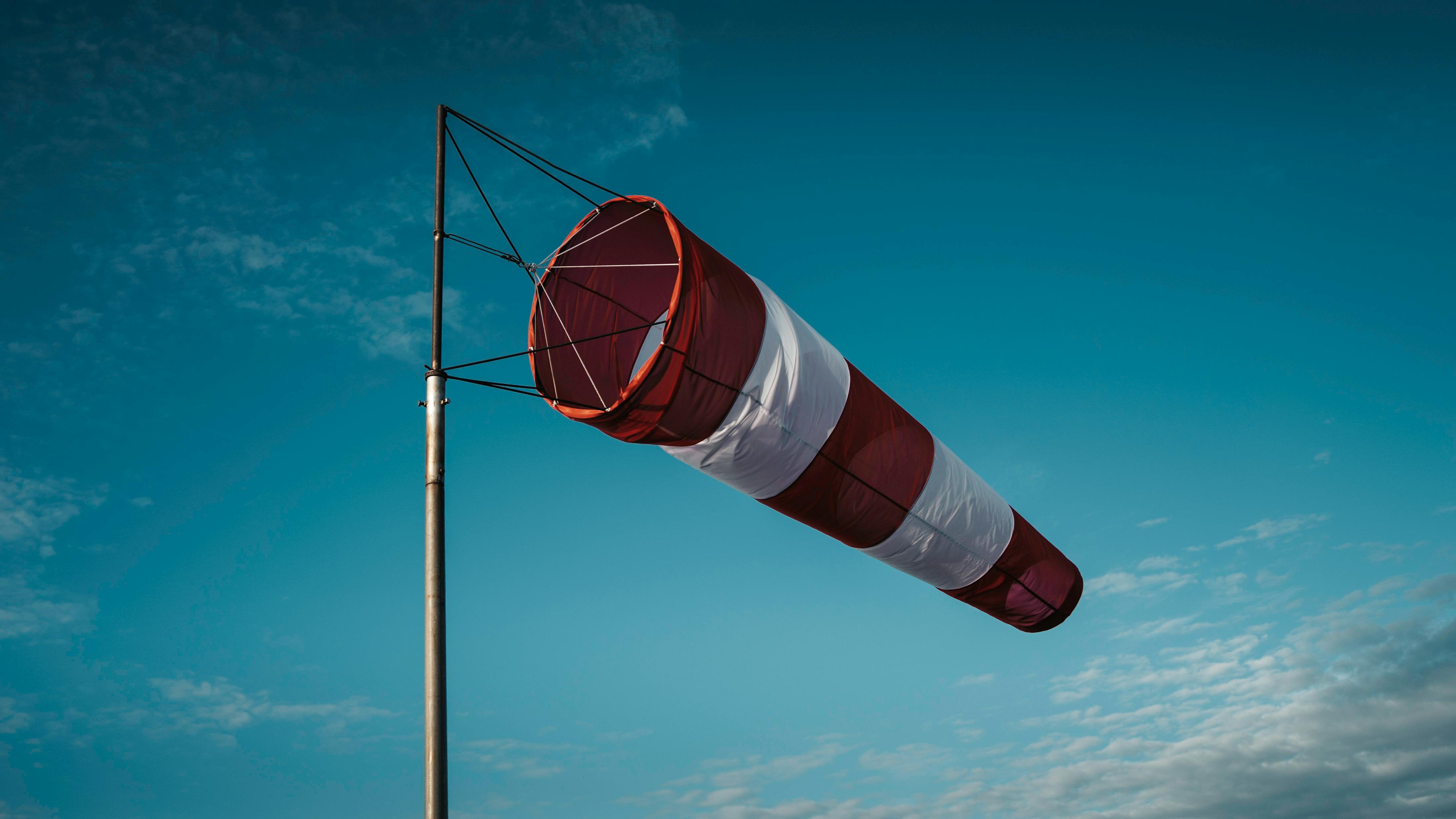Climate change is amplifying property damage and business interruption exposures by increasing the frequency and severity of natural catastrophe events such as floods, wildfires and storms.
Understanding amplified physical risk exposures
Last year, natural catastrophes caused more than $350 billion in economic losses globally, with insurance covering less than a third of these losses, at just over $100 billion.
Between January and June 2024, the U.S. experienced more than $30 billion in insurance claims due to an above-average number of tornadoes, hailstorms and straight-line wind events. Texas, meanwhile, recorded its largest wildfire, which burnt 426,600 hectares. The damages involved in these events often far exceeded businesses’ risk scenario planning considerations.
What can companies do to better identify, quantify and mitigate potential damage and ensure both effective insurance protection and more resilient operations in the face of escalating physical climate challenges?
Organizations need smarter, more dynamic and comprehensive approaches to understand and respond to the risks.
See also: What Trump 2.0 Means for Climate Initiatives
A smarter way to address physical climate risks
By evaluating the aggregate hazard scores of each of a company’s assets – the metric to evaluate the likelihood and potential impact of a specific hazard occurring – companies can understand their exposure to various natural catastrophes. Smart hazard scores can also combine historical data and predictive insights with expert judgment, providing the comprehensive risk assessments organizations need to address property damage and business interruption risks in today’s context.
More sophisticated risk evaluations will help to identify high-risk assets and prioritize actions to mitigate potential damage. Organizations can better detect vulnerabilities, such as the presence of basements with critical equipment in buildings or plants in flood-prone regions, or identify with more precision secondary peril risks such as landslides following heavy rainfall.
A combination of traditional insurance, captives and alternative risk transfer (such as parametric solutions), as well as cost-effective and sustainable adaptation on site level, can help business operations or value chains recover more quickly.
Using a combination of "what-if" types of stress testing, risk engineering and numerical or theoretical modeling can put companies on the front foot to manage the landscape of increasingly complex risks. The same is true of looking beyond an organization’s boundaries to better assess the potential vulnerabilities across their value and supply chain in light of more frequent, more severe disruption.
See also: Insurers Must Evolve to Survive Climate Crisis
How to avoid under-insurance using analytics and valuations
Many businesses could be under- or overestimating their property and business interruption risk in the context of heightened climate-related exposures. Some insurers, meanwhile, are potentially mispricing property risk, in part because their models don’t capture what used to be "black swan" events – those events that are almost impossible to predict yet seemingly inevitable, after the fact. Once rare, such events are now much more common due to climate change.
Because many models call on claims experiences, they effectively play back what’s already known, rather than forecast future likelihoods and impacts. This can lead to underestimating the value of assets and subsequent underinsurance, leaving businesses vulnerable to significant financial losses in the event of a claim.







